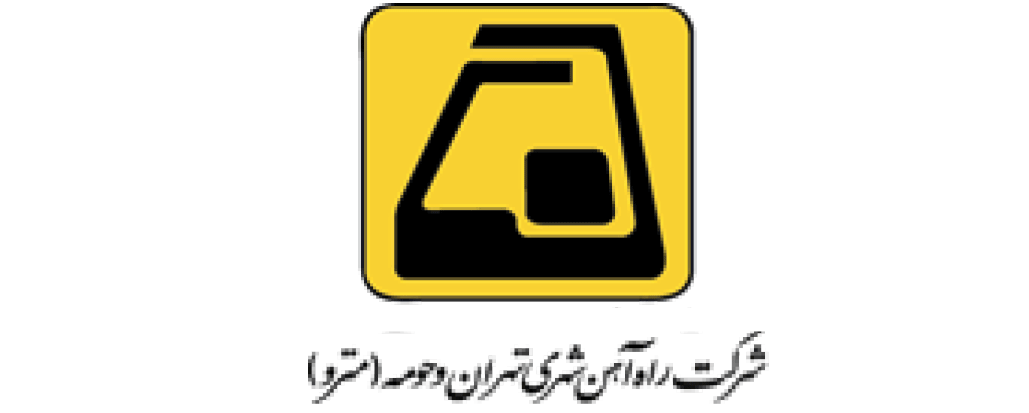
Tehran Urban and Suburban Railway Company
Today, urban rail transportation is increasingly developing as a safe, fast, cheap, and massive mode of transportation in reducing vehicle congestion, environmental pollution, fuel consumption, and improving the quality of social life. In 1968, rail transportation was considered in initial Tehran master plan. In 1971, the Municipality of Tehran assigned the investigation of urban transportation to the French company Sofrethu (RATP). Based on the information and statistics collected and forecasts related to the development and growth of Tehran, this company presented a comprehensive report in 1974 entitled "Tehran Traffic and Transportation Plan". In this master plan, the "street-metro" system was suggested based on construction of 7 metro lines with a length of 147 km, which is in the form of developing at-grade transportation network to the suburbs, complementary bus network, a number of park and ride around metro stations and a highway network which was completed in the form of a belt.
According to the plan, in May 1975, a bill to establish the Tehran Urban and Suburban Railway Company was submitted to the parliament by the government and approved. During this decree, Tehran municipality was allowed to establish a company called the Tehran Urban and Suburban Railway Company (Metro) in order to construct and operate the urban railway and related facilities.
The first articles of association of metro company were approved in July 1975. At the same year, construction of 4 metro lines of the first phase was approved, and its implementation was approved by the government. In 1976, a new contract was signed with the same French company to study, design and supervise the construction of Tehran metro lines. The executive activities of first part started at the beginning of 1978 and continued until 1981 under the supervision of consulting engineers.
After a 5-year stop due to the Iraq-Iran war, since 1986, Tehran Urban and Suburban Railway Company has started its activities on the basis of the Sofrethu plan (construction of two inner-city lines (north-south and east-west) and one suburban line to Karaj city (outside the proposed network - due to the government's decision to create a metro to connect to satellite cities), and this process of construction of metro lines network has continued as yet.
Tehran urban and suburban (Tehran-Karaj) metro consisted of 5 lines in the 1990s and 2000s. In 2006, Tehran municipality, in cooperation with Systra Consulting Engineers Company (International), approved new Tehran and its suburbs railway plan. Accordingly, construction of Tehran metro lines 6 and 7 began and is still ongoing, and some part of the lines are being operated.
In 2019, the revision of Tehran master railway plan for horizon 2041, consisting of 11 intercity lines and the creation of 2 expressway lines, was approved. According to this plan, in addition to completing existing railway network components to be optimized, other lines, including four metro lines (line 8 is approximately 37 km long, line 9 is approximately 46 km long, line 10 is approximately 41 km long and line 11 with an approximate length of 28 km) along with development and upgrading of suburban lines (including Tehran to Hashtgerd, Parand, Pishva and Roodehen lines) and the creation of two high-speed lines (Express A from Sadeghieh to Rah-ahan Square to connect Hashtgerd to Pishva suburban lines and Express B from Azadegan metro station to Lavasani Hospital to connect the suburban lines of Parand to Pardis. The priority in implementing the various stages, sections and parts of this project is to cover the population centers with a shortage of rail transportation and to establish effective communication between the lines.
Map of Tehran Metro Lines

Map of Tehran Metro Lines
General Specification of Tehran Metro Lines
Tehran Metro Network with more than 240 km and 141 stations is one of the effective facilities in serving the honorable people of Tehran. This network will continue with the addition of new missions in the master railway transportation plan of Tehran (approved in 2019) up to 537 km so that the capital of our country can achieve what it needs in terms of benefiting from underground rail transportation.
Behro Consulting Engineers projects with Tehran Urban and Suburban Railway (Metro) Company
Behro Consulting Engineers, as the employer consultant, has proudly cooperated with Tehran Urban and Suburban Railway (Metro) Company in the implementation of Tehran metro lines infrastructure projects as following:
